Best Yamaha acoustic guitars 2025: 8 top choices for all levels of player and budget
The expert buying guide to the best Yamaha acoustic guitar models, including electro, steel and nylon-string guitars
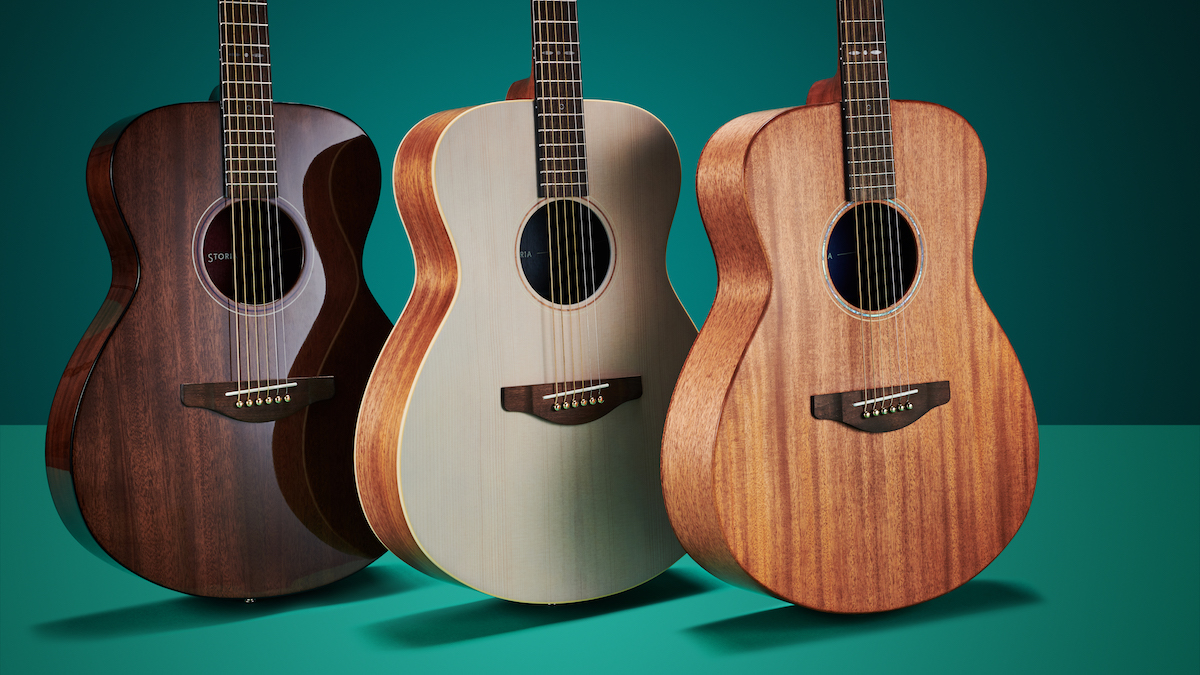
Yamaha has now been at the forefront of acoustic guitar design for over 50 years – and it was their success in the acoustic field that spurred them to go on to develop electric guitars. The company’s spirit of innovation appeals to a wide variety of players. And it makes for an especially strong list of candidates when choosing the best Yamaha acoustic guitars, drawing on an especially impressive range of instruments from steel-string flat top to nylon-strung classical guitars and stage-ready acoustic electric guitars.
From its trailblazing APX range to more recent innovations with the TransAcoustic effects-loaded guitars, A.R.E (Acoustic Resonance Enhancement) treated woods and its CSF travel guitars, Yamaha is showing no sign of resting on its laurels. So that means there’s rich pickings when it comes to recommending our top picks from the Yamaha acoustic range.
Best Yamaha acoustic guitars: Our top picks
Yamaha’s range of acoustics offers something for everyone. But if we’re looking for the guitars with the best all-round strengths, two contemporary models are unbeatable. The Yamaha CSF3M is a travel-sized guitar that doesn’t compromise on playability or quality with solid mahogany back and sides, a rich tonality and impressive plugged-in performance that belies its compact dimensions.
The Yamaha A5R A.R.E combines the company’s reputation for great electro technology for the stage with its SRT2 preamp system with the feel of a played-in, vintage character thanks to the Acoustic Resonance Enhancement treatment on the top. It’s the best of both worlds and a guitar that will go the distance for any acoustic player.
Best Yamaha acoustic guitars: Product guide
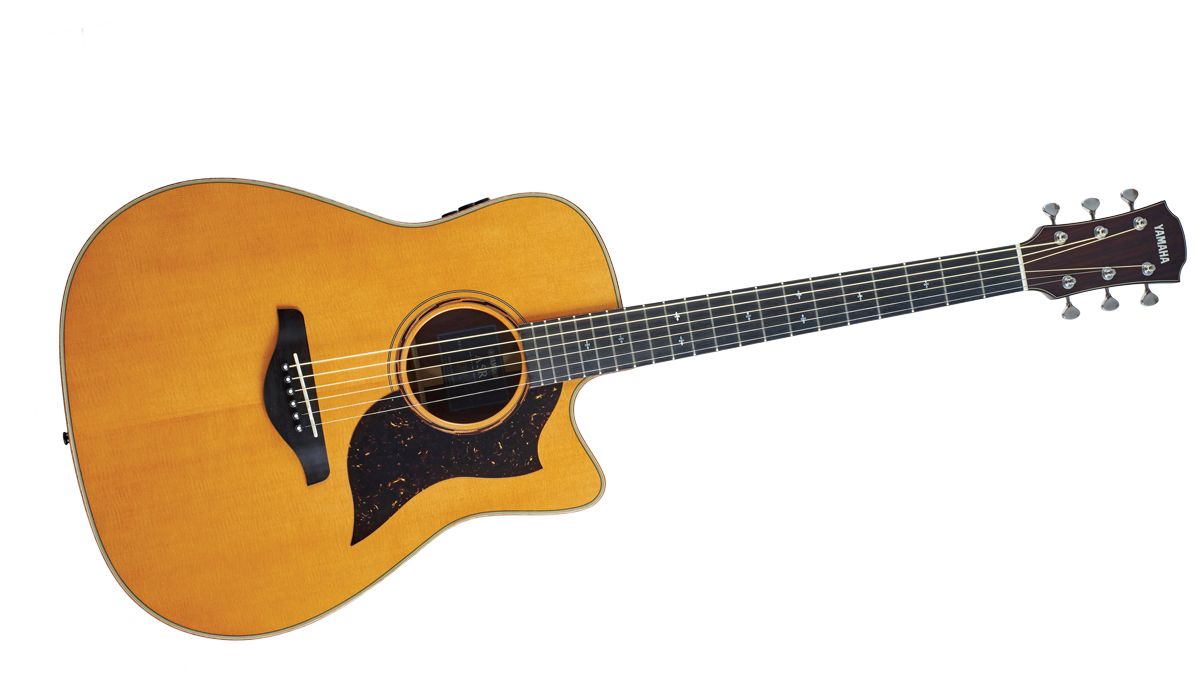
Specifications
Reasons to buy
Reasons to avoid
This Japan-made model represents Yamaha’s expertise in building pro-level electro-acoustic guitars. The A5R A.R.E balances the SRT2 preamp’s (Studio Response Technology) cutting edge detailed plugged-in experience with the vintage feel and tone offered by the A.R.E torrefication process to the guitar’s solid Sitka spruce top.
Resonant and detailed in the high end with a lower end tonal warmth that’s reflected in the guitar’s golden spruce hues, the hand-rolled fretboard edges complete a smooth playing experience.
The SRT2 system offers piezo and simulated mic sources that can be mixed and balanced as desired. The result is superb versatility with condenser and ribbon mic options that shine in different applications and sound authentically organic for a guitar that would make a great option for the stage and home as a long-term investment.
Read our full Yamaha A5R A.R.E review
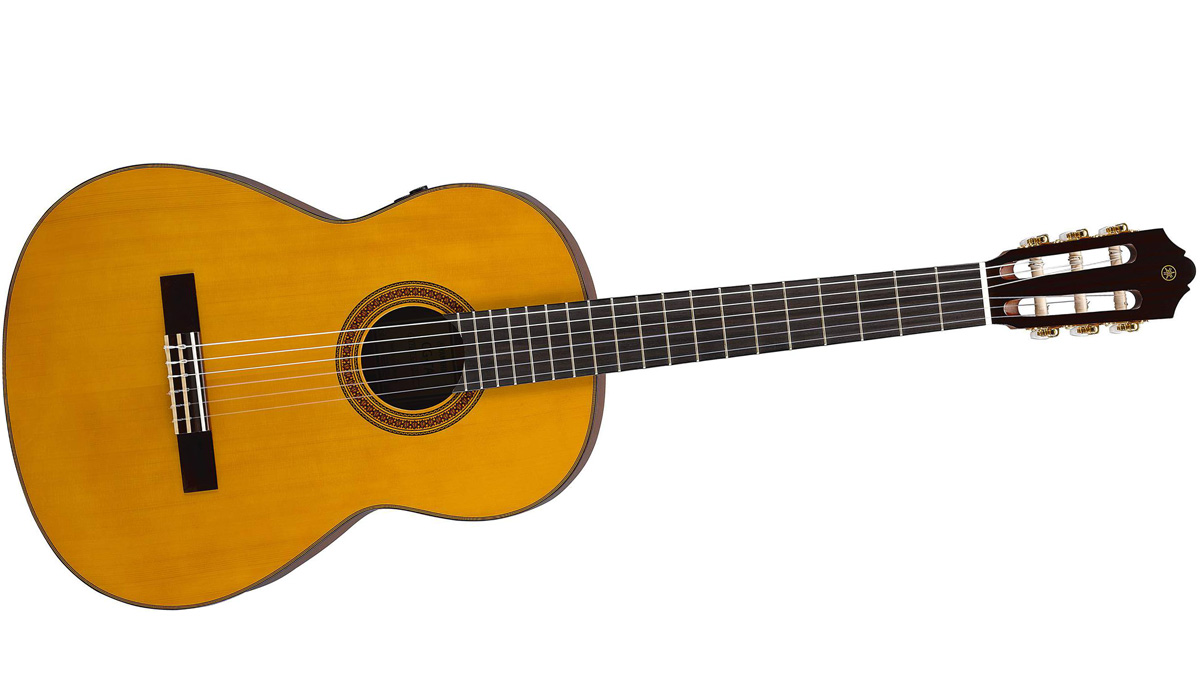
Specifications
Reasons to buy
Reasons to avoid
The most recent addition to Yamaha’s TransAcoustic technology might actually be the best platform for it. Creating reverb and chorus effects using the guitar’s body - and without the need for an amp or plugging in - reverb especially really adds a whole new dimension to the nylon-string playing experience.
The CG-TA is good for players who want a nylon-string as a starter classical instrument or an alternative to their steel-stringed instrument. Playability here is friendly if you’re moving to a flat and wider neck for the first time.
If you're looking for songwriting inspiration, the sense of atmosphere and drama the reverb effects here (with hall and room options) could prove irresistible. It needs to be heard to be believed.
Read our full Yamaha CG-TA TransAcoustic review
- Check out the best high end acoustic guitars for pro players
- Loud and clear: explore the best acoustic guitar amps

Specifications
Reasons to buy
Reasons to avoid
It looks… different, and it is different. The latest model in Yamaha’s evolution of the Silent Guitar concept doesn’t just sound incredible through a PA, you can pack it down for travel and plug your headphones in for late night practice.
The SLG200S has barely any acoustic volume unless you’re plugging in which makes it a great option if you want to enjoy detailed acoustic tones without disturbing anyone. And you’ll get them here – with added reverb, chorus effects, tuner and EQ too.
If you’ve got an open mind to its very untraditional looks, the SLG200S offers a genuinely innovative proposition for home, away and even the stage.
Read our full Yamaha SLG200S review

4. Yamaha Storia II
Our expert review:
Specifications
Reasons to buy
Reasons to avoid
The beginner experience with an acoustic guitar is crucial - otherwise there’s a risk you won’t stick at it and you’ll miss out on a lifetime of enjoyment. The Storia series hits a home run for newcomers with great playability but also sound and contemporary looks too.
The compact concert size and slightly shorter scale combine with a slim neck for an accessible and well-designed starter instrument, but the performance here is something all players will appreciate. Details like colour accents in the soundhole and brass bridge pins also give the Storia II a stylish edge that would look great resting in your lounge.
Further scope is provided by a passive piezo pickup, so there’s no excuses not to take it along to the next open mic night.
Read the full Yamaha Storia II review
- More of the best guitars for beginners
- Keep it secure with the best guitar straps
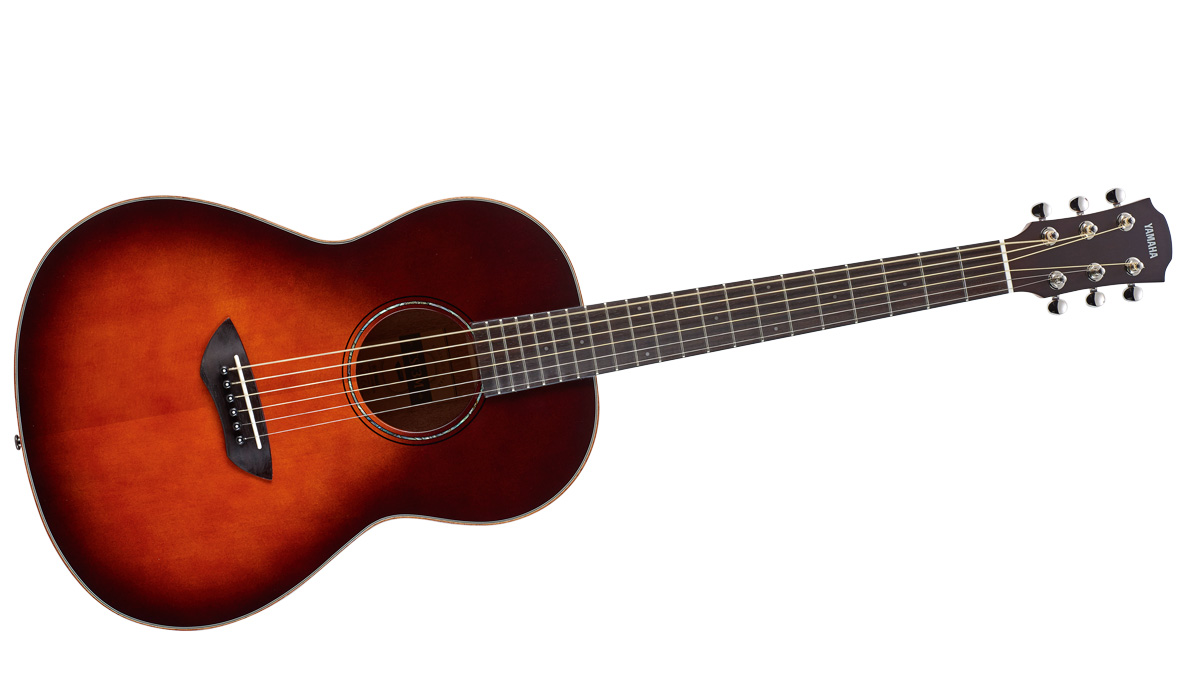
Specifications
Reasons to buy
Reasons to avoid
Saying the CSF3M is a great travel guitar isn’t really doing it justice; it’s a surprisingly versatile electro acoustic all-rounder that sounds greater than it’s small dimensions may suggest.
It’s also a solid wood build – rare for a travel-size instrument in this price range and making a case for it being Yamaha’s best value acoustic guitar. It even offers a passive piezo if you want to gig with it.
A slightly wider neck than the competition works in its favour; making it feel less cramped than other guitars around the 23.6” scale, and suitable for fingerstyle players. It also arguably contributes to the impressive projection here.
Read our full Yamaha CSF3M review
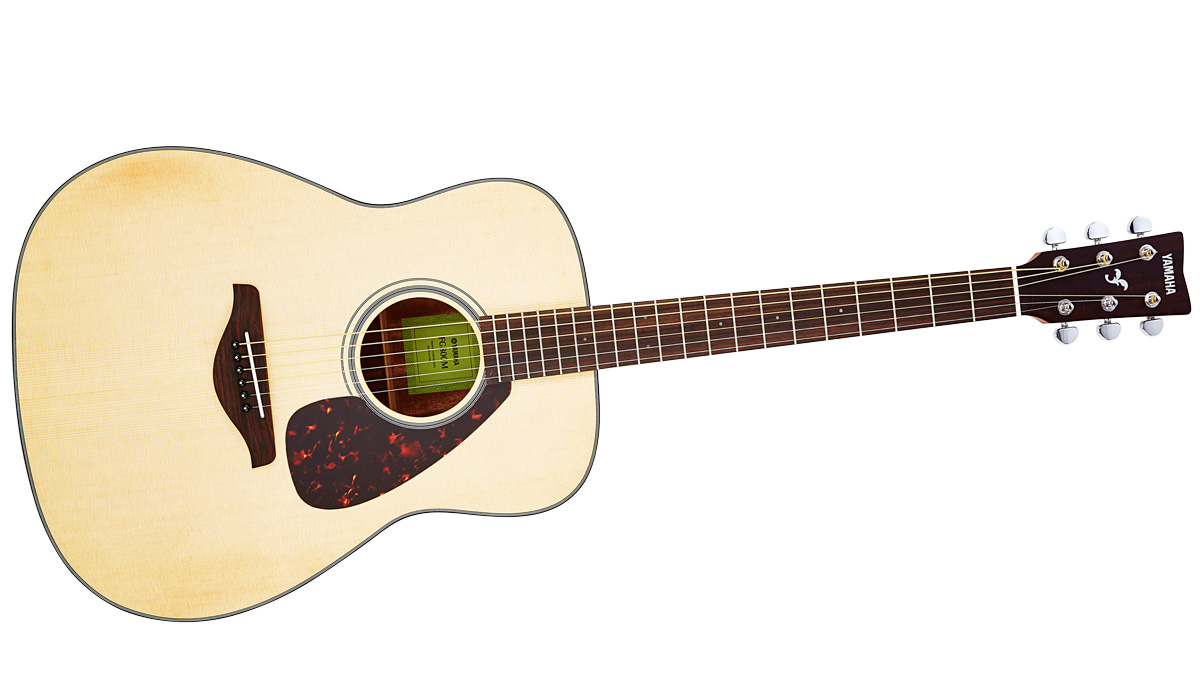
Specifications
Reasons to buy
Reasons to avoid
This matt-finished bargain offers Yamaha’s classic ‘Folk Guitar’ shape with quality performance and tidy build quality that strums above its price point.
The C-shape neck profile should appeal to the majority of players and the FG is actually Yamaha’s take on the evergreen dreadnought style body – so expect a decent low end response to balance its crisp highs.
The FG800M - which we consider to be one of the best acoustic guitars under $500/£500 - would make for an ideal first acoustic step for a new player, or a great guitar for the home to branch out from electric guitar with. It’s a superb showcase of Yamaha’s commitment to offering quality across a wide spectrum of price ranges.
Read our full Yamaha FG800M review
- Toys of summer: these are the best ukuleles right now
- Protect your investment with the best guitar cases and gig bags
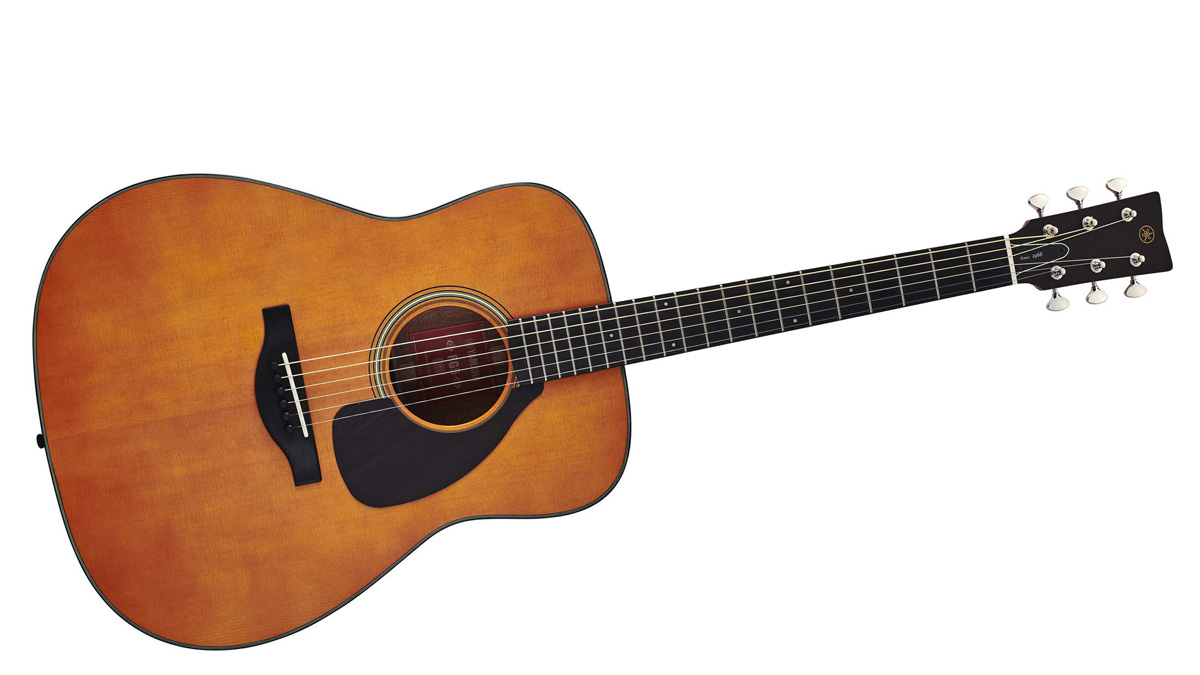
Specifications
Reasons to buy
Reasons to avoid
A rare example of the company looking back, this ‘Traditional Western’ alternative to the ubiquitous dreadnought takes inspiration from the coveted 1960s-era Nippon Gakki Red Label models. But in true Yamaha style, the FG5 features a number of contemporary touches.
The A.R.E wood torrefication process seeks to enhance the resonance of the solid Sitka spruce top and the semi gloss finish help give it a subtle vintage class. The new scalloped bracing also gives this an enhanced projection.
With an equilibrium between the treble and bass here, this new take on an old favourite shines for chordwork, but resonant single notes under fingerstyle underline a great all-purpose acoustic option if you’re looking to invest in this solid wood option.
Read our full Yamaha FG5 Red Label review

Specifications
Reasons to buy
Reasons to avoid
Yamaha’s TransAcoustic series is so enjoyable to play, the company now offer models at various price points. But we think this higher end example offers the best all-round experience with solid rosewood back and sides, A.R.E treated top and the LS body shape that should appeal to a wide range of players.
Even without the incredible reverb and chorus sounds this guitar creates while still unplugged, it’s an inspiring performer thanks to high spec and build quality. The additional effects make for a very strong package here, one that could be a source of inspiration that outshines other acoustic guitars.
Read our full Yamaha LS-TA TransAcoustic review
Best Yamaha acoustic guitars: Buying advice
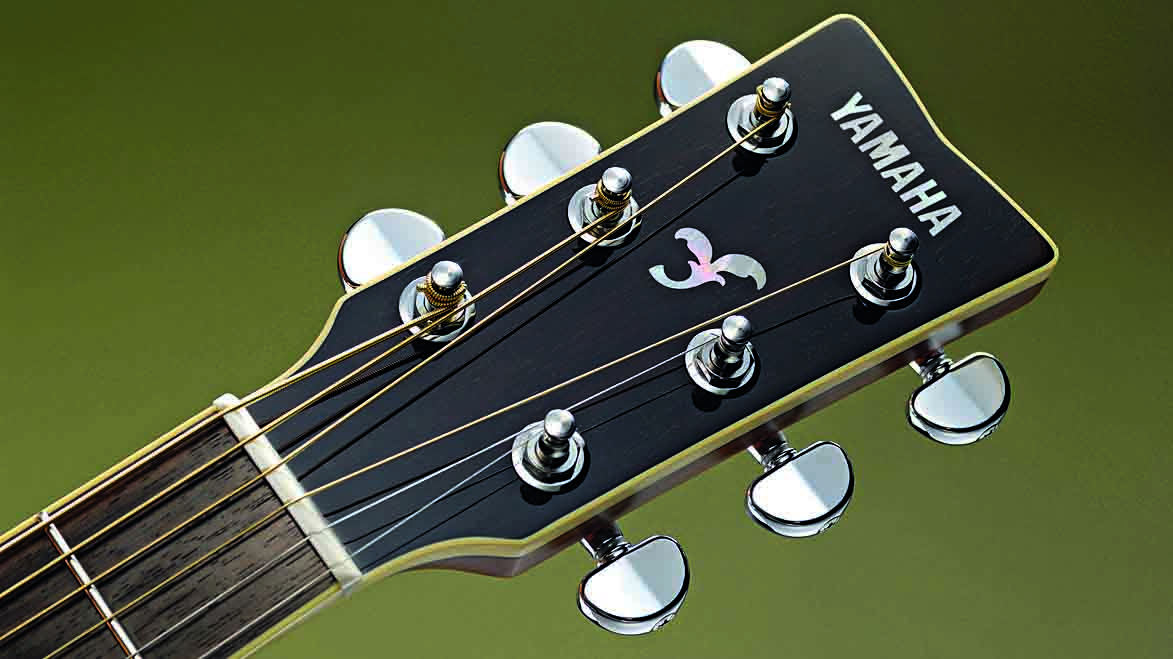
Different players have varying needs from a guitar; some of us only want to play at home, while others need an acoustic that will deliver live, or an instrument that they can travel with. It’s important to consider what you need from a potential Yamaha acoustic guitar purchase – but above all else, it needs to play well and sound great.
Playability and sound are the foremost qualities we have taken into consideration in our recommendations in this guide, but other key factors will also play a part in a buying decision for players and we’ve made sure to cover select models that represent the following features Yamaha offers.
Electronics
MusicRadar's got your back
Some models come with an onboard acoustic guitar pickup and often a preamp too to enable them to be amplified for live performance. Yamaha models can include either passive or active pickups – the latter will require replaceable batteries and will usually offer added onboard control over EQ and higher output.
Some preamp systems even include studio microphone-modelling for you to mix with the piezo sound for a more organic character.
An additional type of electronics is offers by Yamaha in its TransAcoustic series. Yamaha’s TransAcoustic technology uses the guitar’s own body as the ‘speaker’ for built-in reverb and chorus effects with no amp or pedals required; the circuitry is inside the guitar.
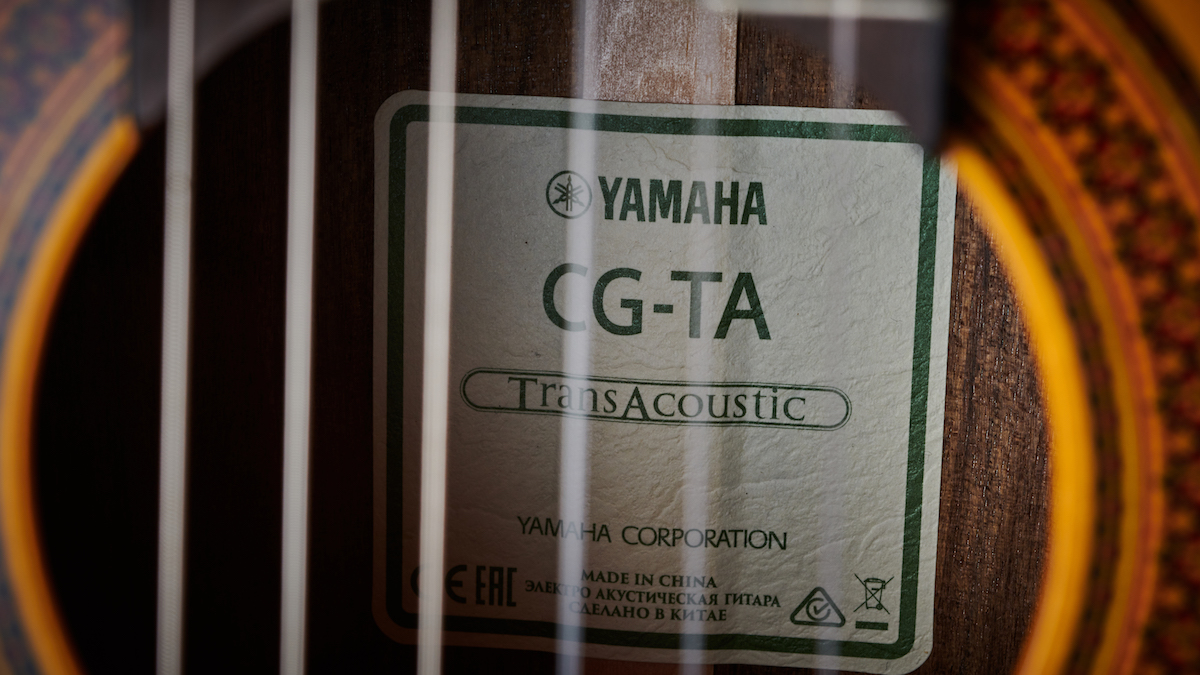
Solid and laminate woods
You should look for a Yamaha acoustic that has a solid wood top as this is the most important part of the guitar when it comes to vibrating the sound. Some guitars also have solid wood backs and sides, and these usually mature and age over time in a way that adds more detail to the guitar's tones.
Some acoustic guitar models offer backs and sides made from layered/laminate woods and these tend to be more affordable than solid wood options. They can also have the advantage of being more resilient to seasonal and home temperature changes to offer great tuning stability and can be more robust to cracks.
A.R.E (Acoustic Resonance Enhancement)
This is Yamaha’s process that aims to capture the warmer and sweeter tones that can be created by mature tonewoods. The company are keen to point out it’s not an aging process but uses specialised equipment in a process that precisely controls temperature, humidity, and atmospheric pressure to transform the wood used for a guitar’s top.
Find out more about how we test music gear and services at MusicRadar.
Related buyer's guides
- Double up with the best 12-string guitars
- And these are the best guitar capos for acoustic and electric
Get the MusicRadar Newsletter
Want all the hottest music and gear news, reviews, deals, features and more, direct to your inbox? Sign up here.
MusicRadar is the number one website for music-makers of all kinds, be they guitarists, drummers, keyboard players, DJs or producers...
- GEAR: We help musicians find the best gear with top-ranking gear round-ups and high-quality, authoritative reviews by a wide team of highly experienced experts.
- TIPS: We also provide tuition, from bite-sized tips to advanced work-outs and guidance from recognised musicians and stars.
- STARS: We talk to musicians and stars about their creative processes, and the nuts and bolts of their gear and technique. We give fans an insight into the craft of music-making that no other music website can.
“Beyond its beauty, the cocobolo contributes to the guitar’s overall projection and sustain”: Cort’s stunning new Gold Series acoustic is a love letter to an exotic tone wood
“Your full-scale companion. Anytime. Anywhere… the perfect companion to your full-size Martin”: Meet the Junior Series, the new small-bodied, travel-friendly acoustic range from Martin
